If you’ve ever glanced over your garden and wished for assistance – perhaps to manage aphids, control beetles, or simply enhance blooming – know that you’re not alone.
But consider this: you might already have help within reach; you just haven’t recognized it. A silent army is constantly at work throughout your garden, operating without much fanfare.
These are six-legged wonders naturally controlling pests, boosting pollination, and balancing the ecosystem. These are beneficial insects, and once you start identifying them, your garden experience will change.
Ladybugs (Coccinellidae): Aphid Warriors
Scientific name: Coccinellidae
Targets: Aphids, whiteflies, spider mites, scale insects
Best stage: Larvae and adults
How to attract: Plant dill, fennel, cilantro, or marigolds; avoid using broad-spectrum insecticides

Worldwide, you can find over 5,000 ladybug species, and each one is a born natural pest controller. Although their bright red wings with black spots are popular, it’s the larvae – resembling tiny, spiky alligators – that are truly hard at work.
Ladybugs commonly patrol the underside of leaves, where mites and aphids usually live. They do more than just nibble, they consume pests.
A single ladybug larva can devour up to 400 aphids while growing. Also they won’t harm plants or other much needed pollinators like chemical sprays would. If you want to keep them returning, don’t tidy up your garden too much, because ladybugs enjoy slightly messy spaces.
Green Lacewings (Chrysopidae): The Aphid Lions
Scientific name: Chrysopidae
Targets: Aphids, mealybugs, thrips, scale insects, whiteflies
Best stage: Larvae
How to attract: Plant cosmos, angelica, dill, and golden marguerite

When they are adults, they shimmer with delicate, green wings in the light, but it’s the larval stage where all the real work gets done. Lacewing larvae are often called “aphid lions” and have curved jaws paired with an insatiable appetite for soft-bodied pests.
Being relatively shy, lacewings thrive throughout most growing seasons and climates. They prefer gardens that offer layered vegetation along with small, flowering herbs.
By cultivating nectar-rich plants that bloom throughout the spring and fall, you should get their loyalty returned to you. Pro tip: Avoid the use of neem oil or insecticidal soaps near lacewings, because they are sensitive, and you’ll want them nearby.
Hoverflies (Syrphidae): Double Duty Pest Control and Pollinators
Scientific name: Syrphidae
Targets: Aphids, scales, mealybugs
Best stage: Larvae
How to attract: Plant alyssum, calendula, yarrow, chamomile, and dill
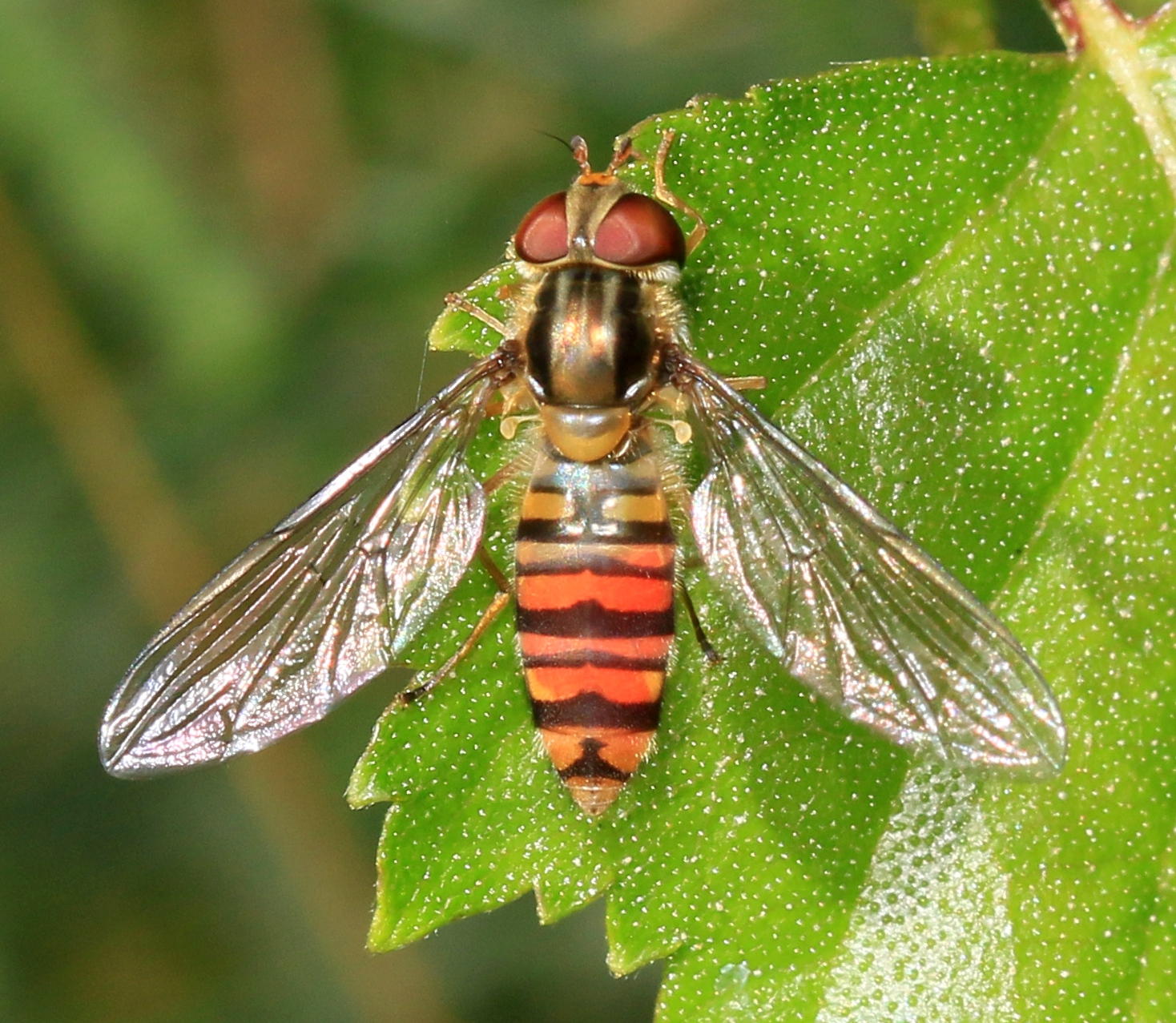
Upon your first viewing, you might mistake hoverflies for bees. They have black-and-yellow stripes, which is a defense mechanism in nature, and they are harmless, despite what they look like.
As adults, hoverflies are amazing pollinators and can hover around flowers like helicopters. It is their larvae that are slug-like and camouflaged that consume any pests that they find, one by one.
They will do double duty: provide pest control and pollinate, all contained in one little winged body. If you scatter flat-topped blooms around your garden, you’re sure to notice them soon.
Parasitic Wasps (Trichogramma, Aphidius): Invisible Pest Police
Scientific name: Various genera (e.g., Trichogramma, Aphidius)
Targets: Aphids, caterpillars, leafminers, whiteflies
Best stage: Adult (lays eggs inside or on pests)
How to attract: Plant dill, parsley, fennel, Queen Anne’s lace
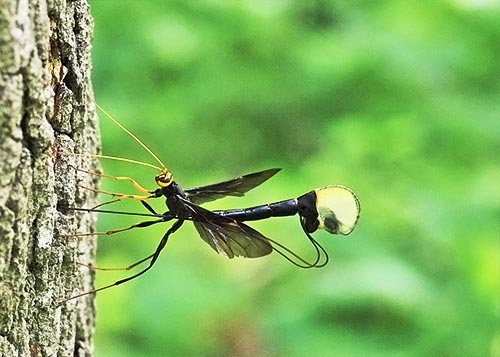
While you may not always see them at work, the resultant effect is undeniable. Keep an eye out for mummified aphids, halted leafminers, and the caterpillars infested so that they did not reach adulthood. These particular wasps won’t sting you, but they are savage about pests.
There are thousands of wasp species, and most are hard to see using the naked eye. Some species lay their eggs directly inside aphids, and others target larger pests, such as tomato hornworms.
Planting flowers with an umbel-shape and letting some herbs seed will attract them. In this case you’re feeding a microscopic security force and feeding pollinators.
Ground Beetles (Carabidae): Nocturnal Pest Hunters
Scientific name: Carabidae
Targets: Slugs, caterpillars, cutworms, root maggots
Best stage: Both larvae and adults
How to attract: Leave mulch, stones, logs, or leaf litter
Ground beetles don’t spend much time flying but move quickly on ground.
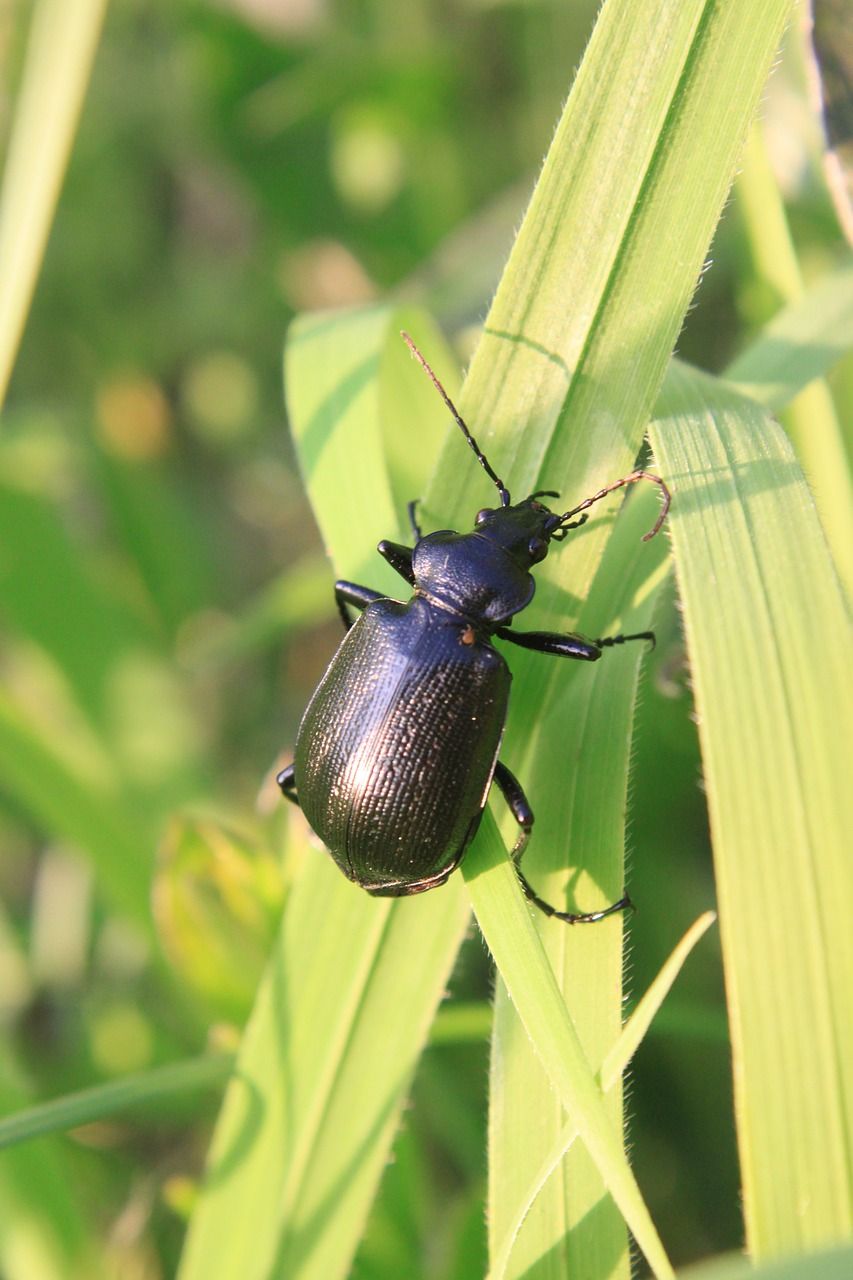
During the nighttime, they rush across the surface of the soil, where they hunt any pests that hide from daylight. With over 2,000 species in just North America, you may already see these beetles.
They just want shelter. A clean, extensively trimmed garden isn’t a good fit for them. The beetles will stay and work for you through the night if you give them a few damp corners and some mulch to stay under.
Praying Mantises (Mantodea): The Garden’s Stealth Predators
Scientific name: Mantodea
Targets: Grasshoppers, beetles, flies, moths
Best stage: Adults
How to attract: Tall grasses, shrubs, and native plants
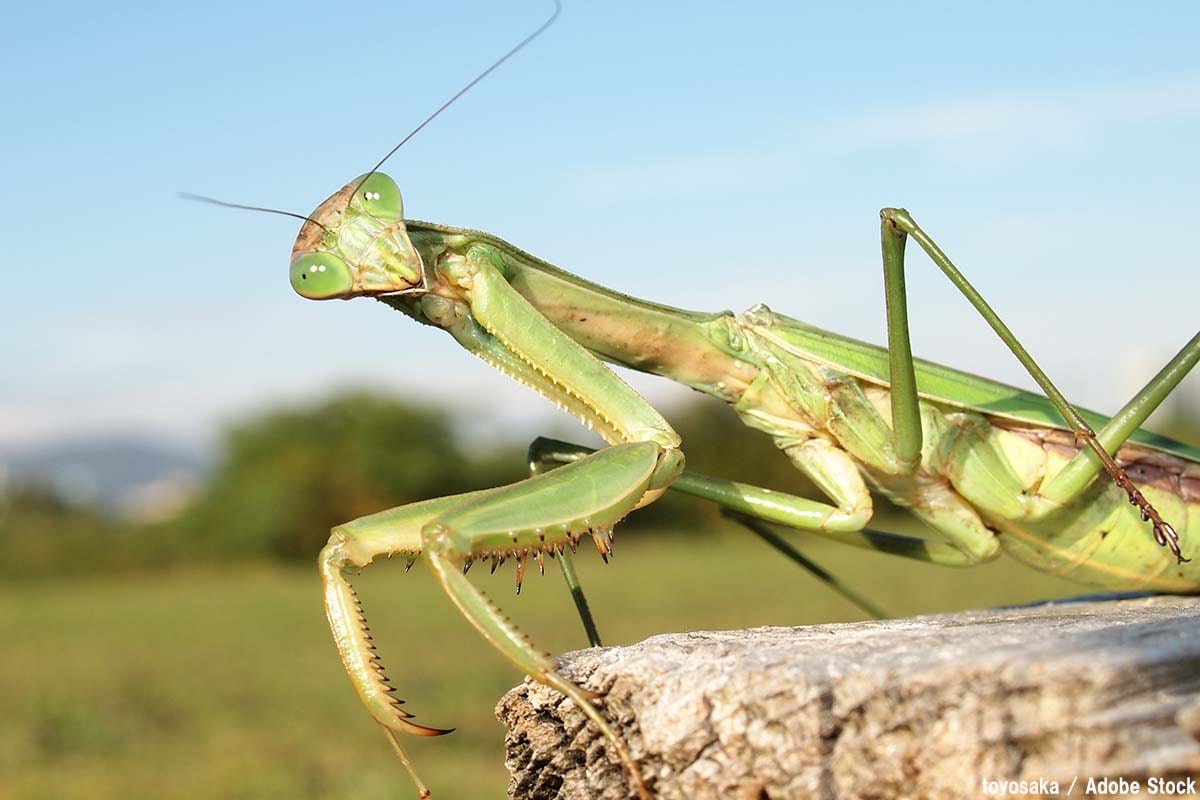
With slow, meditative movements and triangular heads, mantises appear otherworldly. They wait with their forelegs folded like monks in prayer, then they strike with amazing speed.
Mantises are considered generalists. That means they will eat both the good and bad bugs. They’re still valuable if there are heavy pest infestations in the area.
As you try to attract them, create a vertical structure: ornamental grasses, tall herbs, or climbing vines. The shadows suit them, as does the stillness of layered plant life.
Spiders (Araneidae, Salticidae): Silent Web Artists
Scientific name: Various species (e.g., Araneidae, Salticidae)
Targets: Flies, mosquitoes, gnats, moths
Best stage: All
How to attract: Mixed-height vegetation, quiet corners, undisturbed webs
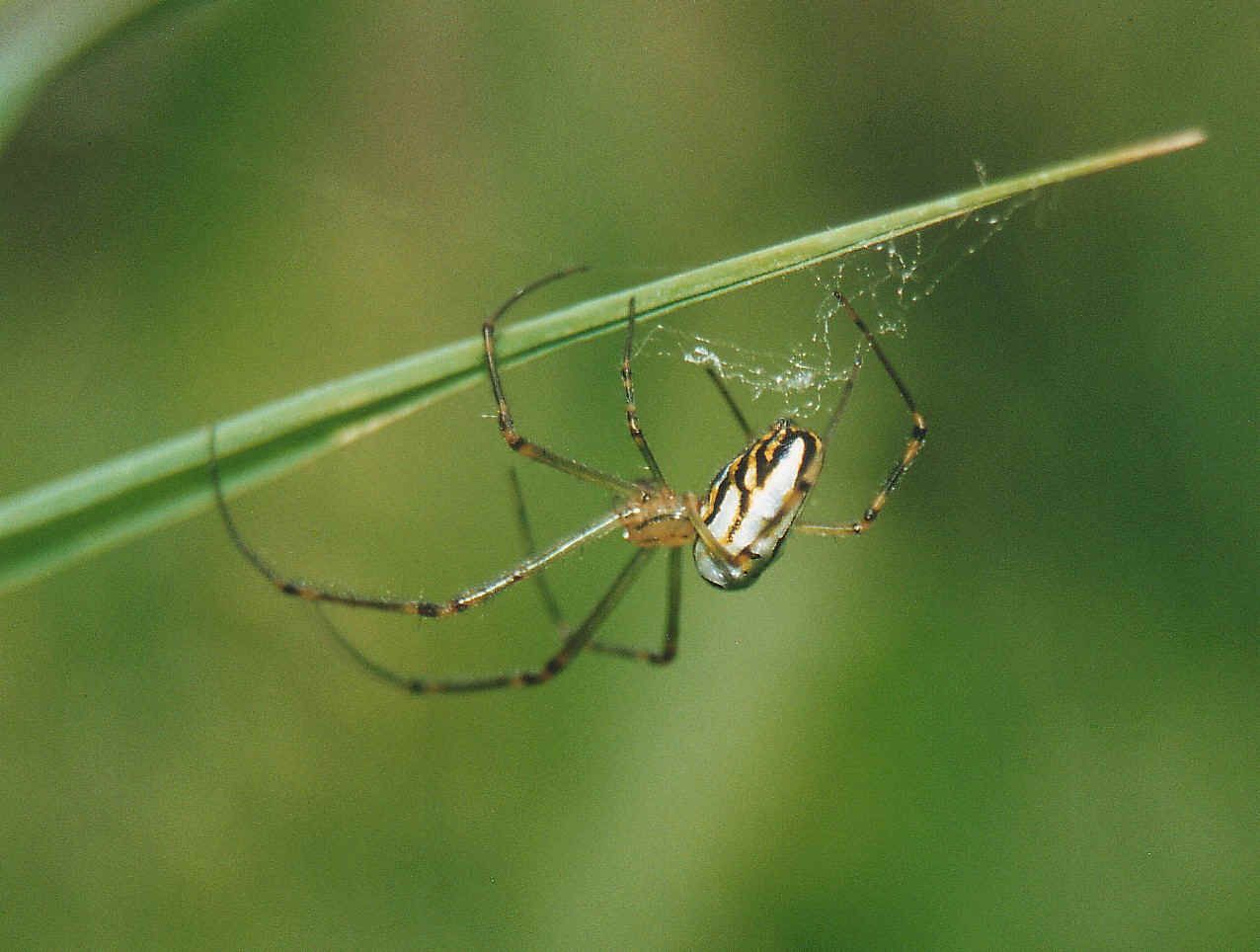
Before you scream or swat, know that your typical garden spider is helping you out. Their webs tend to trap flying insects, most particularly at dusk and early morning hours when pests are especially active.
There are spiders that hunt instead of spin. All have a different style and a different rhythm. But all of them result in a lower need to use sprays.
Tachinid Flies (Tachinidae): The Bristly Parasites
Scientific name: Tachinidae
Targets: Caterpillars, squash bugs, beetles
Best stage: Larvae (internal parasitoids)
How to attract: Wild carrot, buckwheat, mint, and yarrow
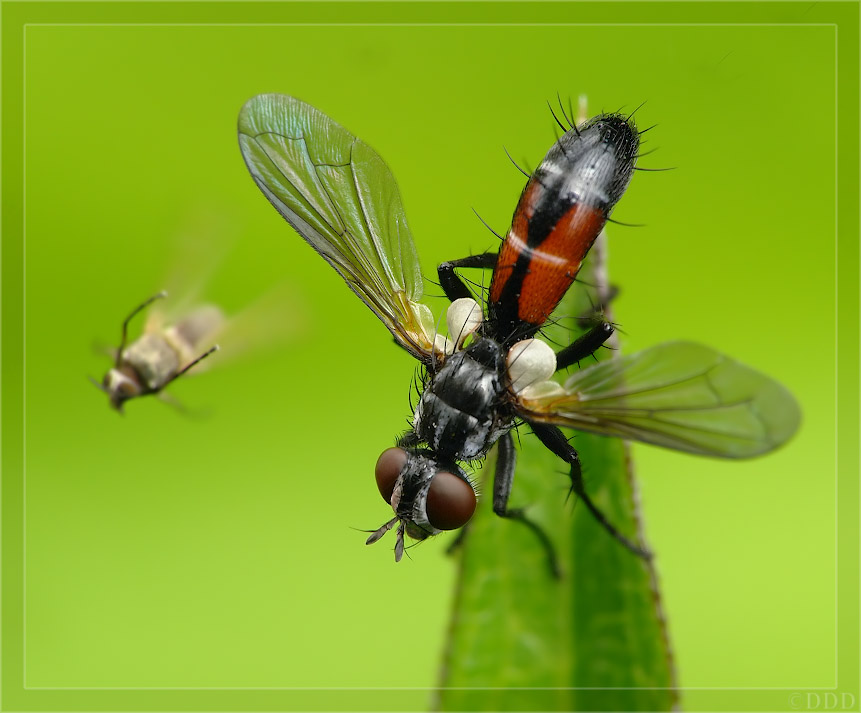
These flies aren’t typical. Fuzzy, bristly creatures act a bit like bounty hunters within the bug world. They’ll lay eggs on pest insects, and the unlucky host will not survive when the larvae hatch.
You may not notice them when you first see them. But if your plants suddenly seem to be free of corn borers or cutworms, you can thank them.
With short, shallow blooms, you can plant nectar-rich flowers to attract them. They’re drawn to compost piles, so it can’t hurt to have a healthy organic heap nearby.
Minute Pirate Bugs (Orius spp.): Tiny But Formidable
Scientific name: Orius spp.
Targets: Thrips, mites, small caterpillars, insect eggs
Best stage: All
How to attract: Caraway, cosmos, marigold, and alfalfa

These pirate bugs are fearless predators; tiny, black-and-white, and often ignored. They may only be 2–3mm long, but they still exceed expectations.
They move fast across leaf surfaces, using needle-like mouthparts to pierce pests. They’re especially helpful in greenhouses, where both aphids and thrips do well.
Because they rely on pollen to feed themselves, you can plant nearby nectar plants to give them a reason to stay after they are full.
Native Bees (Bombus, Osmia, Melissodes): The Unsung Pollination Heroes
Scientific name: Various species (e.g., Bombus, Osmia, Melissodes)
Targets: Not pests, pollinators
Best stage: All
How to attract: Diverse native wildflowers, bee hotels, undisturbed soil

They might not fight pests, but what they do is nearly as vital. Compared to honeybees, native bees tend to pollinate berries, peppers, squashes, and tomatoes with greater efficiency.
These native bees are solitary, gentle, and they will not sting you. Pesticide-free blooms and a place to nest are what they’re after. Let dandelions bloom, leave some bare patches of soil, or maybe install a few bee hotels. Your garden becomes more plentiful, alive, and extremely resilient when you have native bees at your side.
Conclusion: Let Beneficial Insects Transform Your Garden Naturally
Beneficial insects are your garden’s silent allies, working tirelessly to keep harmful pests in check and support a healthy, thriving ecosystem. By attracting and supporting these natural helpers—through planting diverse flowers and herbs, minimizing chemical sprays, and allowing a bit of wildness—you give your garden the best chance to flourish organically.
Choosing to encourage these insect defenders means fewer pests, healthier soil, more pollinators, and a more beautiful, resilient landscape overall. Embrace the power of nature’s pest control and watch your garden become greener, more balanced, and full of life—all with a little help from your six-legged friends.

